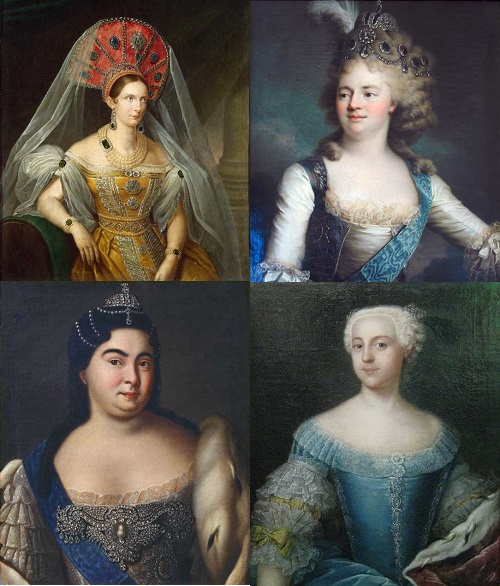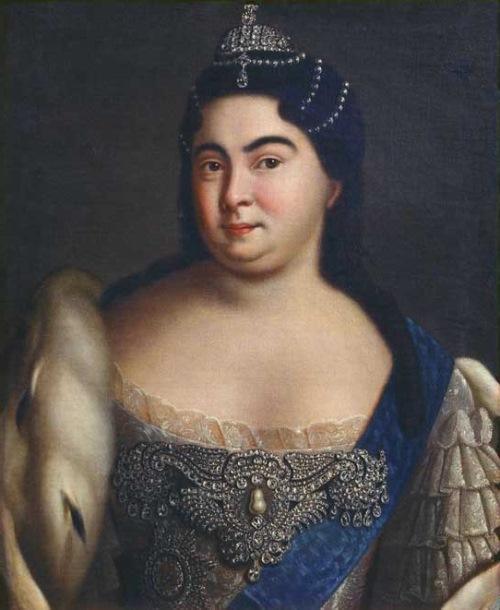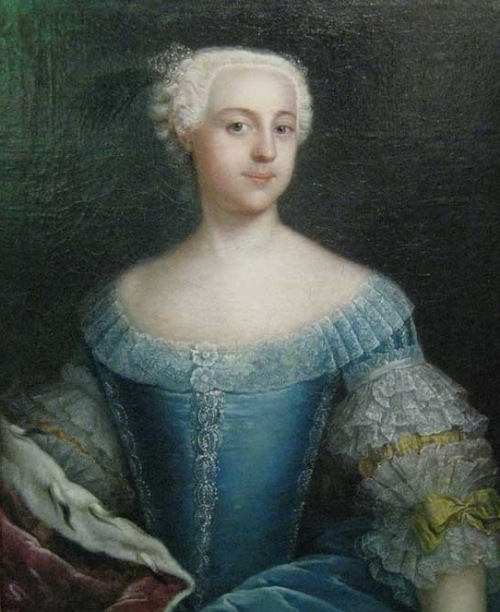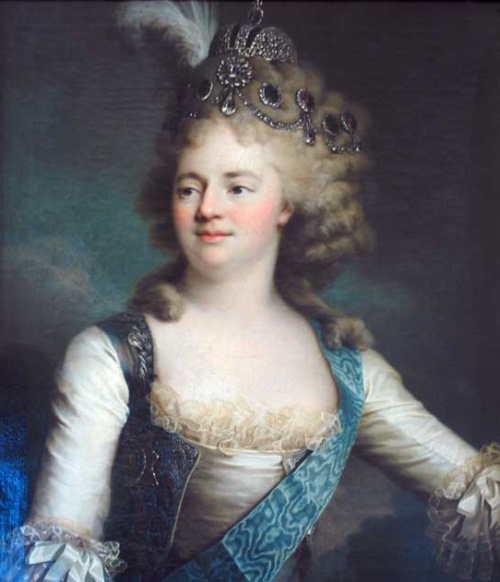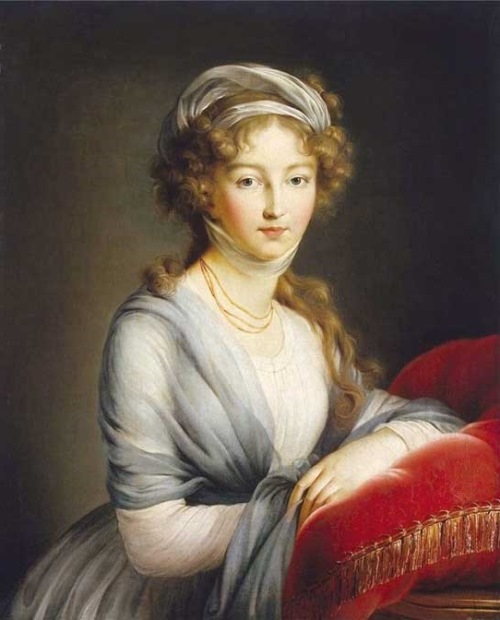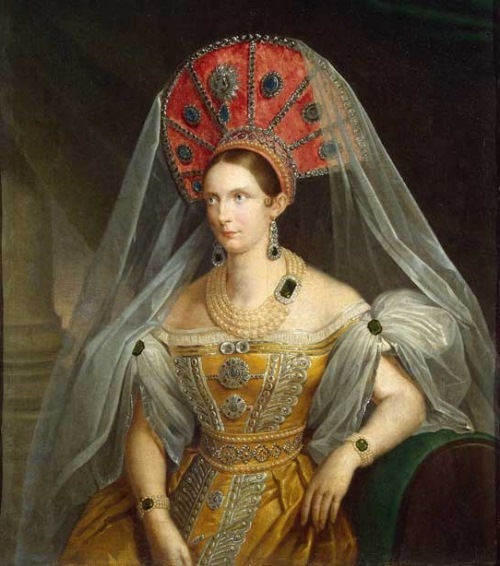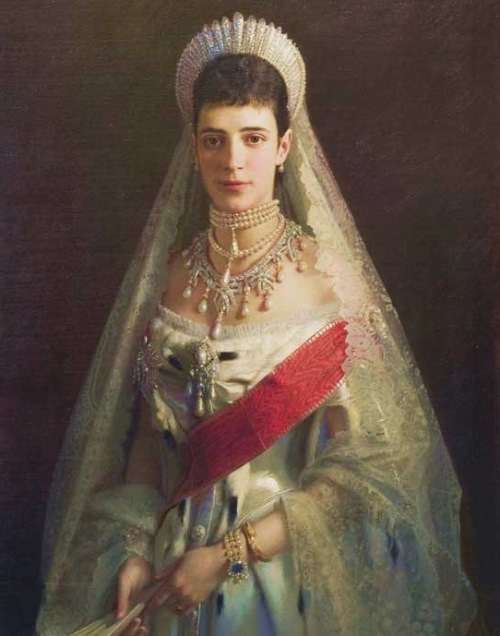Russian Tsars – Non-Russian wives
On November 26, 1847 Maria Feodorovna, mother of the last Russian Tsar Nicholas II and wife of Alexander III, was born. In girlhood she was named Dagmar and came from a Danish family.
By the way, many Russian rulers – princes and kings, emperors and regents chose wives among noble foreigners. The first Russian prince Rurik married Norwegian Efanda, Prince Svyatoslav – Scandinavian Malfred, each of the six wives of Vladimir the Red Sun was a foreigner, his son, Yaroslav the Wise married Ingigerda the daughter of the Swedish king.
Of course, such marriages were no accident. You would think that there were no decent brides in Russia. But Yaroslav, like his predecessors, aimed at the development of relations with Europe, marrying a Swede.
There is no doubt that by the eleventh century in the veins of the Russian princes there had been not a drop of Russian blood. However, the son of Yuri Dolgoruky Andrei Bogolyubskii thwarted tradition to marry foreign women. He married Russian woman Ulitha, daughter of the first mayor of Moscow. Until the reign of Basil I (1389-1425) Dukes preferred to marry a noblewoman and duchess, and during the Mongol-Tatar yoke they had to marry the daughters of Khans.
Peter I became the first tsar of the Romanov family, whose bride was a foreigner. His second wife, Martha (Catherine I), who later became the Empress, was whether the Lithuanian or Jewish origin. This person left a noticeable mark on the history of the Russian Empire, as well as the other wives-foreigners of the Russian Tsars.
Catherine I
The origin of this person is not exactly known. The wife of Peter the First was born on the territory of modern Latvia or Estonia in the ordinary peasant family. There is an opinion that she was the daughter of Jew Samuel Skavronsky. In accordance with the tradition of the Orthodox Church she had to accept the Orthodox faith and change the name. So Marta became Catherine, and received patronymic from her godfather, the Tsarevich Alexei. After Peter’s death Catherine came to the throne. Thus began the era of palace revolutions.
Future empress, known under the name of Catherine the Great, was born in the German city of Stettin. Her father was a duke and her mother descended from Danish kings. As a bride for Peter III, she was chosen by Elizaveta Petrovna, the mother of the future emperor. Catherine was very interested in Russian language and culture. But the relationship between the spouses wasn’t very good and both had a lot of lovers. Very soon, she replaced her husband on the throne.
Natalia Alexeevna
Wilhelmina was born into a family of German Landgrave Ludwig IX of Hesse-Darmstadt. Heir to the Russian throne, Paul chose his wife under the strict guidance of his mother Catherine II. 17-year-old Wilhelmina was smart and beautiful.
In Russia, she received the title of Grand Princess Natalia Alexeevna and married Pavel Petrovich. However, she did not live up to the expectations of Catherine the Great – was freethinking, dare to speak out in favor of peasants. In addition, Natalia could not get pregnant for a long time. Two years later Wilhelmina died after childbirth of her first child, who was stillborn. Some people believe that it was Catherine who ordered doctors not to assist the unfortunate woman in childbirth.
Maria Feodorovna
Next wife of Paul I, Maria Feodorovna, as his mother Catherine, was a native of Stettin. She was the complete opposite of Natalia Alexeevna – adored husband, didn’t argue with his mother.
When her husband came to the throne, Maria Feodorovna received the title of Empress of the Russian Empire. She created several schools for women and philanthropic societies.
Elizaveta Alexeevna
Another German princess, who became bride of Russian Crown Prince Alexander I, was the daughter of Amalie von Hesse-Darmstadt. Her sister Wilhelmina was Paul I’s wife. Elizaveta loved her husband, but she didn’t like court gossips and love affairs. Alexander quickly lost interest to his wife – he was interested in all the ladies of the court. And Elizaveta wanted to love and be loved, so she found a lover. The further fate of the Empress was miserable – she died after her husband under mysterious circumstances.
Alexandra Fyodorovna
Future wife of Nicholas I came from a family of the Prussian kings. Charlotte and Nicholas fell in love at first sight, but their marriage was very useful for strengthening the alliance between Russia and Germany. She came to Russia and became the Grand Princess Alexandra Fyodorovna. When Alexander I died of typhus, Nicholas I took his place. He and his wife came to the throne at a difficult time for Russia. On the day of the coronation the Decembrist uprising began. Despite the difficulties Nicholas I’s wife coped with her responsibilities. She was sweet and graceful, and gave birth to nine children.
Maria Alexandrovna
Future wife of Emperor Alexander II was of dubious origin and this fact was well known at the court in St. Petersburg. Her father was not the Duke Ludwig II of Hesse, but a baron, a secret lover of the Duchess. Alexander didn’t pay attention to this important fact, he was in love with 14-year-old Maria. In marriage they lived for 39 years. Although she had a rival – Princess Dolgorukova, who actually was the second wife of the emperor. And immediately after his wife’s death, Emperor Alexander married his mistress.
The main merit of the Empress was the organization of the Red Cross.
Maria Feodorovna
Danish Princess Dagmar, the daughter of King Christian IX, was going to marry Russian Crown Prince Nikolai Alexandrovich. But at the age of 21, heir suddenly contracted tuberculosis and died. The right of inheritance (and the bride) went to the second son of Emperor Alexander III. Despite the tragic circumstances of their marriage, it was very successful. They lived together for almost thirty years. After the death of her spouse Maria Feodorovna was in charge of several charitable organizations and shelters, and was interested in art. She was actively involved in the fate of her son Nicholas II, but disliked his wife – German woman Alice, Alexandra Feodorovna.
Alexandra Feodorovna
Last Empress of the Russian Empire and the wife of Nicholas II was also a German woman, the daughter of a German duke. She also was the granddaughter of Queen of Great Britain. Their marriage was not planned – the daughter of the Count of Paris was chosen as a wife for Nicholas. But parents had to agree to the marriage. Nicholas fell in love with Alice and did not want other candidates. And his father, Alexander III, was very ill and close to death. The lovers were married soon after the death of the Emperor. The couple became the last Russian Tsars.
First World War, revolution, house arrest, and then execution of the whole family – so ended the life of the German duchess, wife of the Russian Emperor.
Source: svoy.ru
